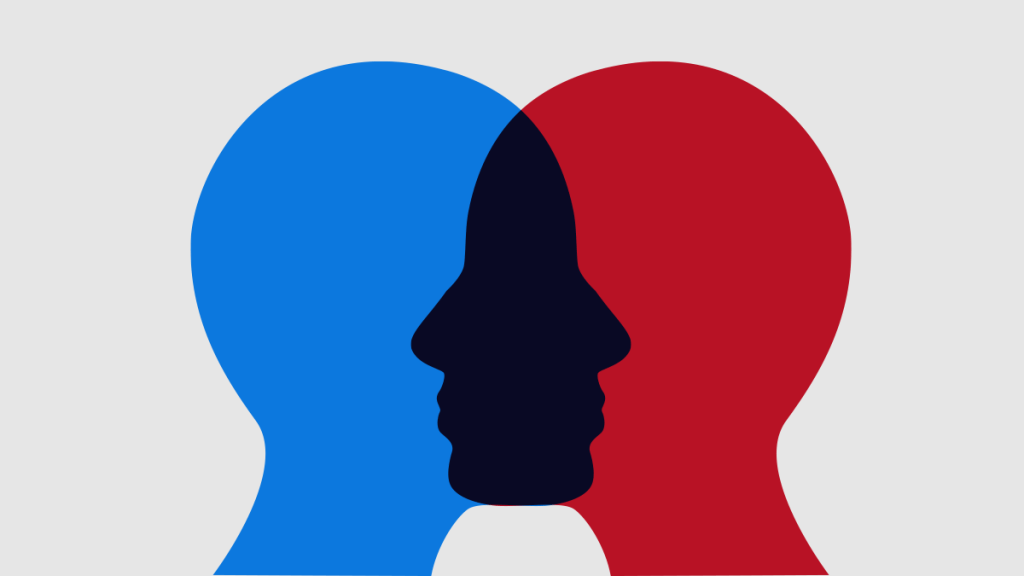Empathy and its manifestations
In the context of various events and activities, we increasingly hear the word
empathy
sometimes confused with compassion or tolerance. But a deeper look at the concept shows that empathic feelings are much more nuanced and can bring both positive and negative feelings.

The concept of empathy
Empathy is a person’s ability to put themselves in someone else’s shoes, or to feel the same emotional experience. Sometimes it can take the form of compassion or emotion, not only on an emotional level but also by taking action to actually help the other person, but at other times it can also be distracting because we can become overwhelmed by events that do not directly affect us at all.
Concept definition of empathy interpreted as a reaction to events and other people’s emotions, but it can also sometimes take the form of justifying and understanding other people’s actions. For example, if we are confronted by a person who says harsh words to us, we can say something unkind in return, but we can also act empathetically – accepting that this aggression is a natural expression of stress and tension that we do not need to take personally. When we understand the reasons behind a person’s actions, we put ourselves in that person’s shoes and become more empathetic and understanding.
Emotions evoked by empathy
Themanifestations of empathy can be very diverse, as can the emotions and feelings. For example, when there is good news, we rejoice and feel for the success of others, but when we often see the suffering and unhappiness of others, we can feel it as our own, sometimes even sinking into depression.

Ways of expressing empathy
Empathy has two main forms of emotion – cognitive and emotional. In cognitive empathy, we only understand the other person’s emotions, but this does not affect how we feel. We understand each other’s experiences, but at the same time we know that we are not affected. In emotional empathy, on the other hand, we feel other people’s experiences much more strongly, and this triggers a shift in our emotions.
When looking at emotional empathy, there are two two types of emotion:
- The selfish way of feeling for another person’s misfortune, but at the same time being glad that it is not happening to us, because our own well-being is our primary concern;
- the compassionate or altruistic kind, where we really feel for the other person from the bottom of our hearts and experience equally strong emotions, for example at a funeral.
Concept explanation of empathy includes a third form of empathy – empathy in action – which involves both emotional and cognitive empathy, but complements it with real action, by getting involved in the situation and doing whatever it takes to help people.

The pros and cons of empathic emotions
Empathy
has the greatest benefit of improving relationships, as it involves both mutual understanding and respect, helping to avoid and quickly resolve conflicts and disputes. Empathetic accepting the other person as they are, understanding their actions and not judging them, thus smoothing the relationship even in very tense moments. While there are different types of empathy, they are all rooted in understanding another’s emotions and experiences so that we learn to support and help others, but there is a downside to this as empathic people are highly sensitive and experience heightened emotional tension.
But on balance, what is empathyit is important not to confuse it with pity. Empathy is more about understanding and support. But while we empathise with others, we must always remember that we cannot always help. In such cases, we also need to be able to draw a line between our own lives and those of others, and to understand that we cannot solve all the world’s problems.
